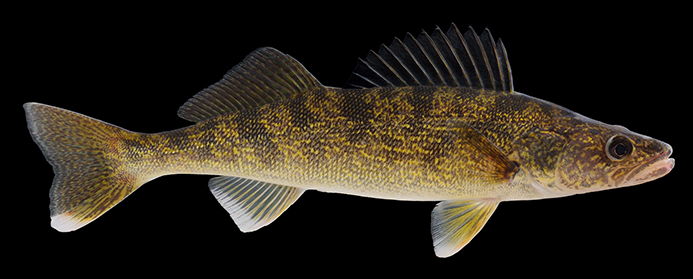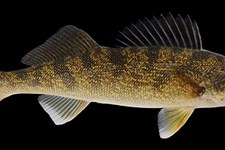News

No Difference Found Between Chemical- and Electroanesthesia in Walleyes
Stress due to handling is inevitable when exposing fish to invasive procedures during research, management, and aquaculture activities. This will induce a stress response which is important to reduce by using appropriate anesthesia and immobilization techniques. Welfare is a crucial factor when capturing, handling and releasing fish, lowering the risk of negative consequences from acute and perhaps chronic stress.
In a current study it was hypothesized that the tachycardia-bradycardia trend often associated with chemical anesthesia would be visible in chemically anesthetized fish, attaining lower hear rates earlier than fish receiving electroanesthesia or electrostunning.
85 walleyes implanted with heart rate loggers
Scientists from Carleton University and Trent University in Canada, Sandusky Fisheries Research Station in USA, and Michigan State University, USA, implanted 48 (trial 1) and 37 (trial 2) walleyes (Sander vitreus) with Star-Oddi’s DST centi-HRT loggers, in a comparison study of three anesthesia treatments. The three treatments consisted of firstly anesthesia with AQUI-S® 20E (eugeneol), secondly transcutaneous electrical nerve stimulation (TENS), and thirdly electrostunning (PES) with a commercially developed stunning unit.
Heart rate measured every 5 minutes and ECG stored every 2 hours
They were set to collect temperature, heart rate and ECG traces for 7,5s (80 Hz) once every 5 min, with raw ECG data stored every 2 hours. No mortalities were noted and therefore not analyzed. The data was filtered manually and only data with heart rate quality index of 0 and 1 were used, and one fish from each trial had inconsistent data and was removed from the study. In general, 75% of the fish in trial 1 and 96% in trial 2 gave useful data sets. First trial was conducted at 1.5-6.2°C and the second trial between 3.7-8.2°C.
All three anesthesia treatments showed similar but significant changes in heart rate
No welfare-relevant differences were observed and there was no concern associated with one treatment over another. In trial 1 it was observed that a natural circadian rhythm appeared beneath the recovery trends after 1-2 days post treatment. Also little or no difference of maximum heart rates between treatments was observed. What was interesting though, was that the scope and maximum heart rate decreased considerably during trial 2 treatments, and scopes were consistently higher in PES and TENS treated fish during trial 2, compared to AQUI-S 20E.
In this study the scientists were unable to pin-point welfare-relevant differences or concerns that could be associated with one of the three above treatments. All methods showed 100% short-term survival and fish returning to resting heart rates within 30h to 15-20bpm. Further investigation into cardiac function and other stress markers are necessary to be able to identify best practices for fish handling in fisheries science.
The article was published in Journal of Fish Biology and can be accessed here.
